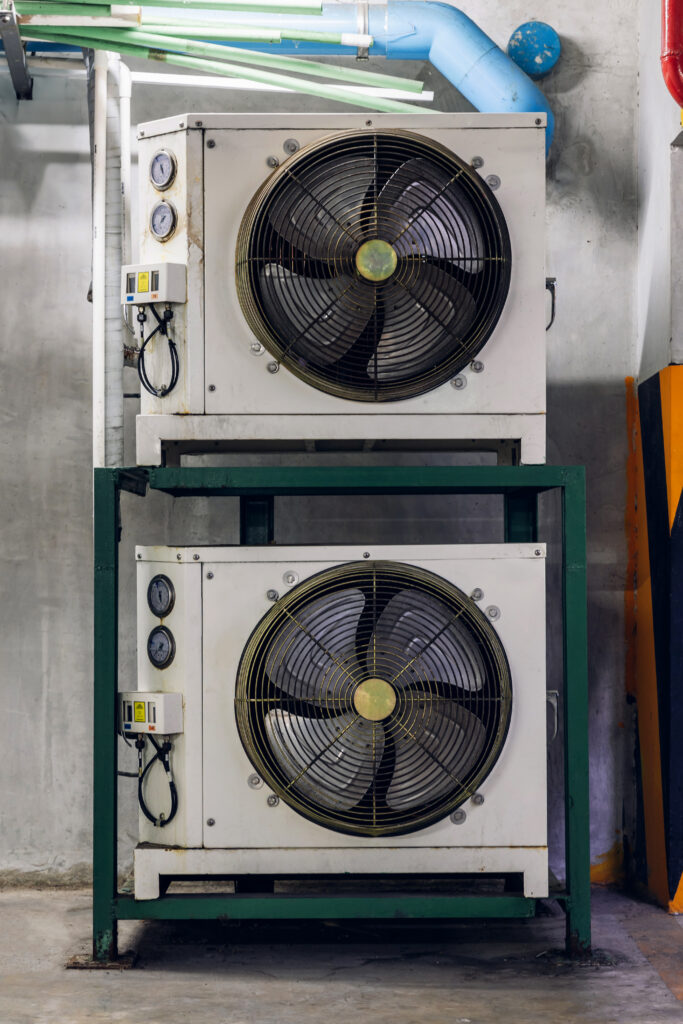The air conditioner, a device that many of us rely on daily, has a fascinating history that begins over a century ago. From its humble beginnings as a solution for industrial problems to becoming a household essential, air conditioning has evolved significantly to meet the demands of modern life. This article explores the journey of the air conditioner from its invention to the advanced systems we enjoy today.
The First Air Conditioner
The first modern air conditioner was invented in 1902 by Willis Haviland Carrier, a young engineer working in Buffalo, New York. Carrier’s invention was designed to address a specific problem faced by a printing company, Sackett-Wilhelms Lithographing and Publishing Co. The printing process required precise control of temperature and humidity to ensure that paper dimensions remained stable and ink applied evenly. Carrier’s solution was a mechanical system that used cooling coils to control humidity and temperature, laying the groundwork for modern air conditioning.
This first system was enormous and primarily used for industrial purposes. Its main focus was not comfort but practicality—improving manufacturing processes in industries such as textiles and printing.
Expansion Beyond Industry
By the 1920s, air conditioning began to move beyond industrial applications. Movie theaters were among the first public spaces to adopt this technology. The introduction of air conditioning transformed the theater experience, drawing crowds seeking relief from the summer heat. This development marked the start of air conditioning’s transition from industrial utility to personal comfort.
In the 1930s, air conditioning systems became more compact and began appearing in department stores, office buildings, and luxury homes. However, these systems were still expensive and out of reach for the average consumer.
Post-War Boom and Residential Use
The post-World War II economic boom brought significant advancements in air conditioning technology. The development of more efficient compressors and the mass production of air conditioning units made them more affordable and accessible. By the 1950s, window air conditioners became increasingly popular in American homes, providing comfort during the hot summer months.
Air conditioning played a crucial role in shaping modern society. It enabled the growth of cities in hot climates, such as Phoenix, Las Vegas, and Houston, and improved productivity in workplaces by creating a comfortable indoor environment.
Modern Advancements
Today, air conditioning systems are more energy-efficient, environmentally friendly, and technologically advanced than ever before. Central air systems, ductless mini-splits, and smart air conditioners offer a range of options for residential and commercial use. Innovations such as programmable thermostats, smart home integration, and eco-friendly refrigerants have made air conditioning more convenient and sustainable.
Moreover, modern air conditioning goes beyond temperature control. Many systems now include air purification features, dehumidification, and advanced filtration to improve indoor air quality.
The Future of Air Conditioning
As concerns about climate change and energy consumption grow, the air conditioning industry continues to innovate. Researchers are exploring new technologies, such as solid-state cooling and solar-powered systems, to reduce environmental impact while maintaining comfort.
Conclusion
The evolution of air conditioning from Carrier’s industrial invention to today’s smart and efficient systems reflects a remarkable journey of innovation and adaptation. It has transformed how we live, work, and interact with our environment. As technology continues to advance, air conditioning will undoubtedly play an even more significant role in shaping the future of comfort and sustainability.




